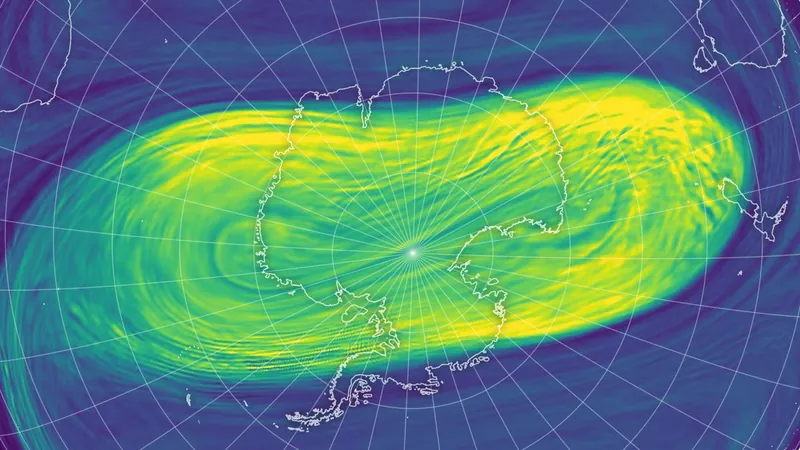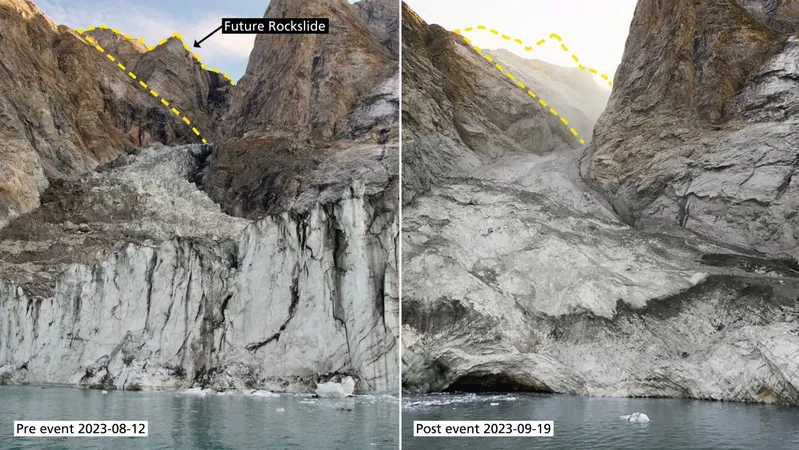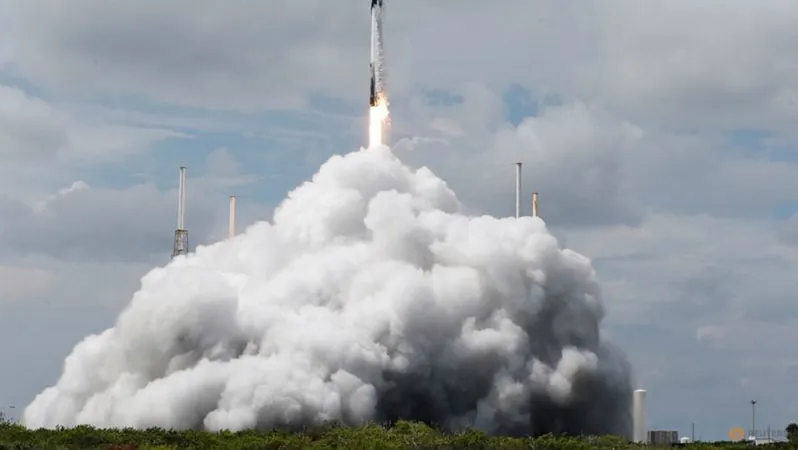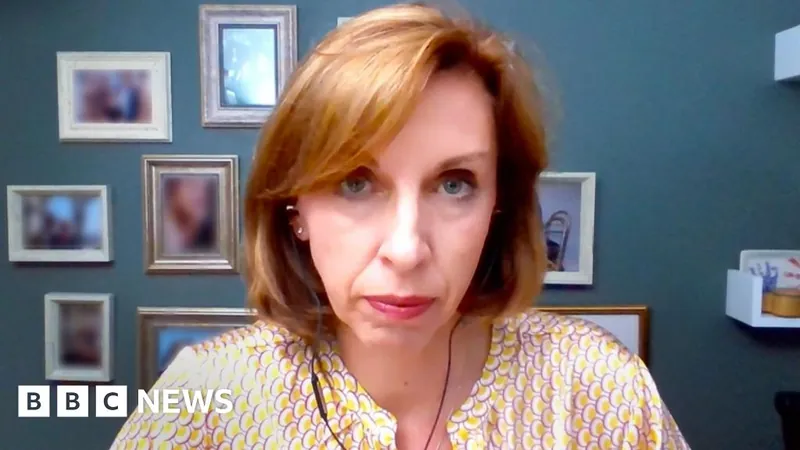
Unprecedented Polar Vortex Slows Ozone Hole Formation Over Antarctica, Experts Reveal
2024-09-24
Scientists Report Delay in Ozone Hole Opening
Scientists have reported that unusual warming events in Antarctica may have significantly delayed the annual opening of the ozone hole, a phenomenon that typically occurs every spring in the Southern Hemisphere. This year's delay has surprised researchers who note the peculiar behavior of the southern polar vortex, a swirling band of winds crucial for regulating stratospheric temperatures.
The Ozone Layer and Its Importance
The ozone layer, located in the stratosphere between 12 and 31 miles (20 to 50 kilometers) above the Earth, acts as a protective shield, safeguarding life from harmful ultraviolet (UV) radiation. Historically, records dating back to 1979 show that the ozone layer above Antarctica starts to break down as early as August. However, this year, the onset of degradation has been pushed back, with the ozone hole only beginning to form at the end of August— a stark contrast to the typical pattern.
Impact of Warming Events
Researchers from the Copernicus Atmosphere Monitoring Service attributed this delay to two rare warming events that disrupted the polar vortex earlier this year. In July and August, temperatures in the stratosphere above Antarctica surged by a staggering 27 and 31 degrees Fahrenheit (15 and 17 degrees Celsius), respectively. These sudden temperature increases are uncommon for the South Pole but more frequently observed in the Arctic.
Ambiguity of Causes
The cause of these warming episodes remains ambiguous. NASA scientists have noted unusual meteorological patterns in the troposphere—the atmospheric layer closest to Earth—during July, where record-high temperatures were recorded. Although it is known that changes in sea surface temperatures and sea ice can influence stratospheric conditions, the precise reasons behind the warming events are challenging to discern.
Criteria for Ozone Hole Development
For the ozone hole to develop, specific criteria must be met: a strong polar vortex, sufficient solar radiation, and the presence of ozone-depleting substances (ODS). A robust polar vortex is characterized by strong circular winds and extremely low temperatures, conditions that allowed last year's ozone hole to expand to a size larger than North America. This year, however, the polar vortex was noted to be weak and elongated rather than strong and circular, which inhibited the expected rate of ozone depletion, despite the return of sunlight after the Antarctic polar night.
Seasonal Ozone Dynamics
Ozone depletion typically initiates around the vortex's periphery, gradually progressing inward until a substantial hole forms by the end of austral spring. Seasonal warming in December generally results in the closure of the ozone hole.
Human Impact and Recovery
The origins of the Antarctic ozone hole can be traced back to human activity, specifically the release of ozone-depleting chemicals like chlorofluorocarbons (CFCs) into the atmosphere. Thankfully, international agreements, such as the Montreal Protocol, have since banned many of these harmful substances. As a result, recent studies indicate that the ozone layer is on a path to recovery, although researchers cautioned that the slow onset of this year's ozone hole cannot be directly linked to improvements in the ozone layer's health. The complexities surrounding stratospheric ozone depend on an intricate mix of chemical reactions and atmospheric conditions.
Future Monitoring and Implications
As climate change continues to affect global weather patterns, scientists will closely monitor how these factors impact both the ozone layer's recovery and the unique atmospheric phenomena that occur over Antarctica. Remarkably, the unexpected behavior of the polar vortex serves as a reminder of the delicate balance of Earth's atmospheric systems—are we witnessing a significant turning point in our understanding of ozone depletion?





 Brasil (PT)
Brasil (PT)
 Canada (EN)
Canada (EN)
 Chile (ES)
Chile (ES)
 España (ES)
España (ES)
 France (FR)
France (FR)
 Hong Kong (EN)
Hong Kong (EN)
 Italia (IT)
Italia (IT)
 日本 (JA)
日本 (JA)
 Magyarország (HU)
Magyarország (HU)
 Norge (NO)
Norge (NO)
 Polska (PL)
Polska (PL)
 Schweiz (DE)
Schweiz (DE)
 Singapore (EN)
Singapore (EN)
 Sverige (SV)
Sverige (SV)
 Suomi (FI)
Suomi (FI)
 Türkiye (TR)
Türkiye (TR)